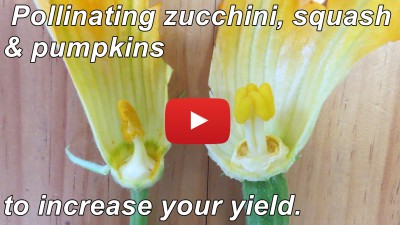A few new victims for the patch.
I'm trying a few different crops out in the patch this summer that have been on the list to grow for a while now. Most of these are well suited to our subtropical climate & will hopefully give us some great warm weather yields.
Taro is being grown as a possible replacement for potato as they're one crop I haven't been able to grow with consistent results. I've seen some very lush looking taro being grown in a few different spots around the western suburbs of Brisbane so know that it does very well in our climate but have never really thought to try it until now.
They are grown mainly for their tuberous root which can be boiled, mashed turned into chips or baked. It is thought to have originated in SE Asian & is a staple in many Pacific cultures.
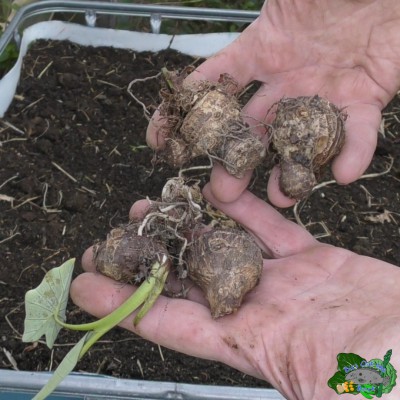
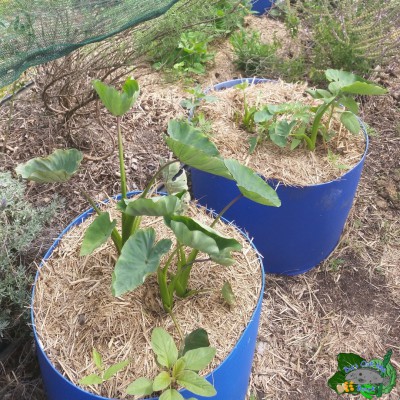
Ben also dropped some Queensland arrowroot (Canna Edulis) root sections. We've grown the arrowroot before but haven't used much in the kitchen until we were gifted some by a friend a while back. Maya used some gifted root in a casserole style meal in the past & I think it would go well in a Thai style Massaman curry.
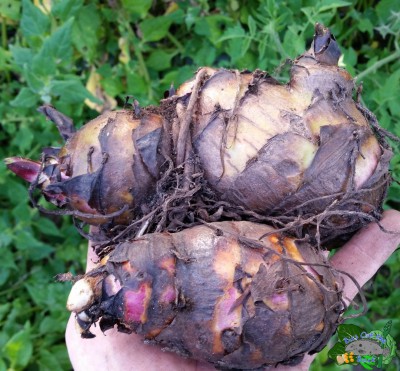
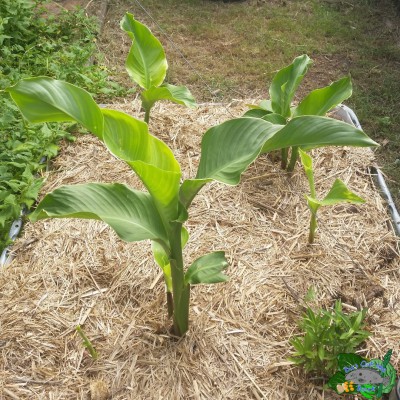
Sweetleaf** or Katuk (Sauropus androgynus) is one plant that I've only read snippets on until Ben dropped off a couple of cuttings. Katuk is bush/shrub that grows in the warmer tropical regions of SE Asia but can also be grown in warmer temperate areas from what I've read but isn't as productive.
The young leaves are used as a green in salads as well as cooked dishes but haven't seen anyone comment about the small edible fruits they produce.
I only nibbled on a few leaves so haven't had a chance to experience the full flavour of the greens but have been told it has a sweet nutty flavour. It has a high protein content (around 50%) & is also rich in vitamins & minerals. Ben pointed out that it is much better tasting than the moringa so it might end up replacing out sad looking moringa tree ;-)
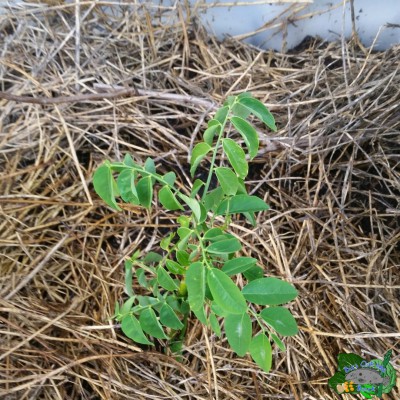
**Stevia (Stevia rebaudiana) also goes by this name but is not related to Katuk/Sauropus androgynous.
Longevity spinach or sambung in Filipino according to Ben, (Gynura procumbens) was also in the goody bag we got.
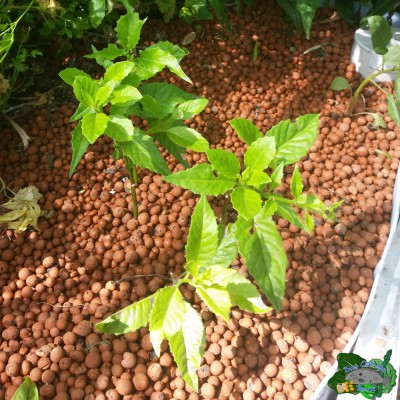
Sowing Coloured Aztec & Glass Bead Corn.
Last week I sowed a mixture of the coloured Aztec & glass bead corn varieties out in a bed in the front yard veggie patch so that they can cross pollinate each other. I'm doing this mainly to see what colour the kernels will look like & think it will be interesting to see what sort of corn they will grow next season.
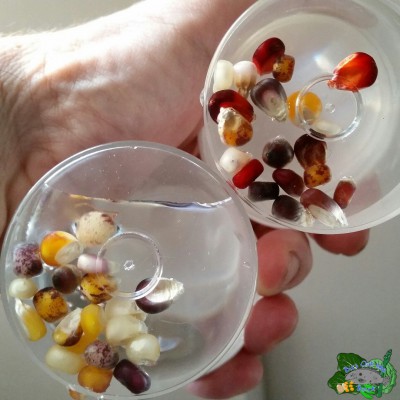
Before the seeds were sown out the self watering wicking bed was fed up well with some homemade compost & worm castings I got from a local worm farmer.
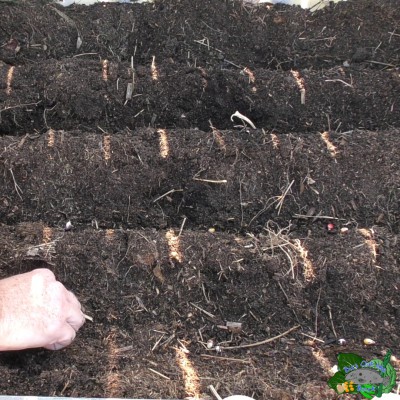
The first crop of Aztec I grew was grown in the same bed with a about 46 plants so am not worried about overcrowding but did find I had to top up the reservoir every day through the hottest weeks to keep the plants happy ;-)
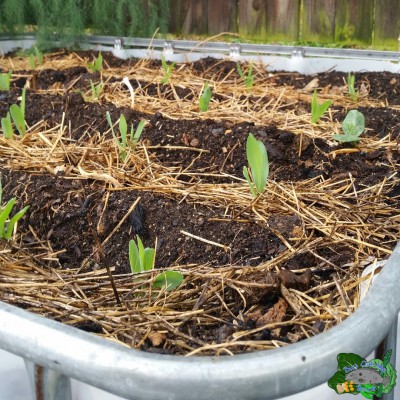
Helping the Zucchinis to Fruit.
"Why are my small zucchini/squash/pumpkin fruit rotting & dropping off the vine?" is one question I've seen pop up in online gardening groups quite often at this time of year. There can be a few reasons for this. Sometimes excessive heat prevents the fruit from setting, sometimes there may be no male flowers to provide pollen to fertilise the female flowers at the same time they are open. One of the main reasons we have poor pollination rates here at certain times of year is the lack of pollinators in the patch.
Zucchini (like all heirloom cucurbits) have "imperfect flowers" meaning they have both male & female flowers.
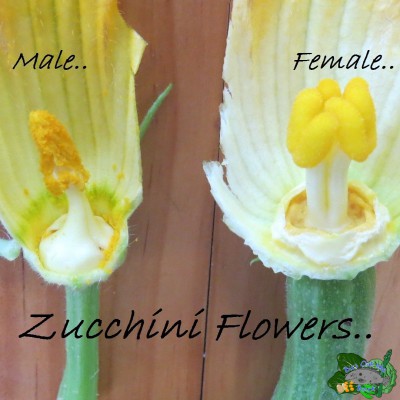
Plants like the tomatoes have what's called "perfect flowers" meaning that they have both male & female sex organs in one flower. Plants with perfect flowers can be pollinated by being bumped or moved around by the wind, or by insects moving pollen from the anthers to the stigma of the flower.
Cucurbits, with their imperfect flowers, need the pollen transported from the male to the female flower. This job is normally carried out by insects like bees & ants in our patch but at times they may not be present when needed or don't travel to every female flower to make a pollen deposit.
If this happens to your plants & you notice a few of the fruit dropping off you can pick up the slack & improve the yield by taking matters into your own hands, or in some cases, paintbrushes & pollinate the female flowers yourself.
The way I like to go about pollinating the female flowers is very basic.
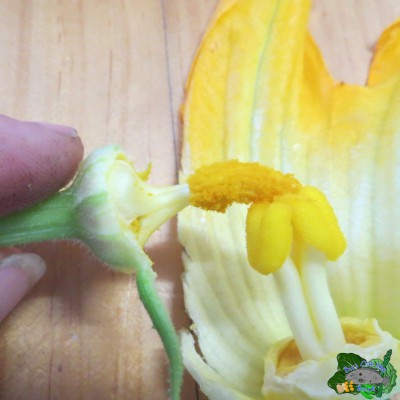
It is a very easy process that takes only a few minutes to do. A paintbrush or a cotton bud can also be used but I find it just as easy to use the male flower. It is a good idea to put the bee suit on & pollinate the flowers early in the day (before 9am here) as the flowers do start to close once the day heats up.
I posted a clip to our YouTube channel the others day for those that are interested in a bit of a closer look at the process.
Harvests from the patch.
The zucchini from the clip above have been providing us with a regular harvest of fruit & the blueberry has given us a few cups of fruit as well.

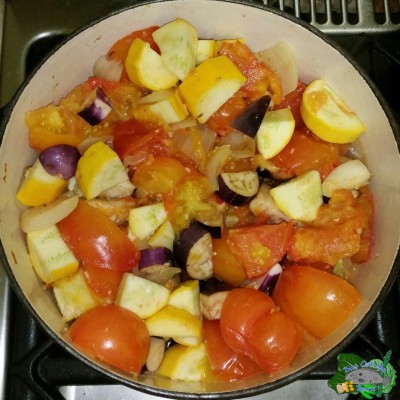
Well there's a little bit of what I've been up to in the patch over the past few weeks.
Hope you've enjoyed the quick catch up & that your gardens are filling out with some tasty home grown produce.
Cheers all & have a great one,
Rob.
